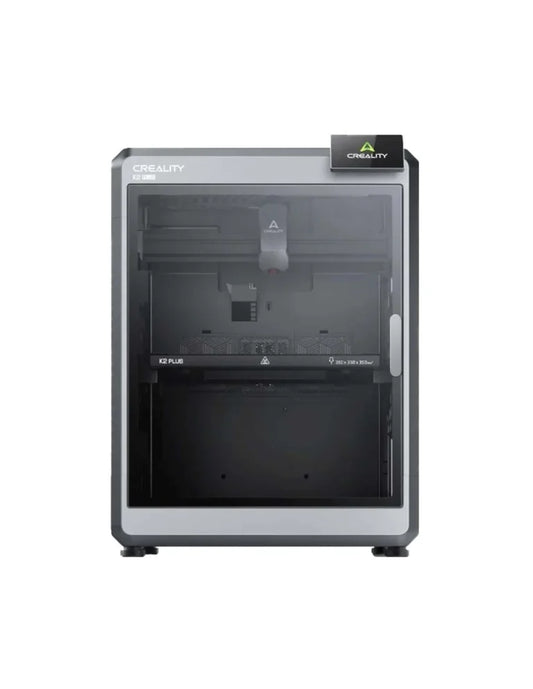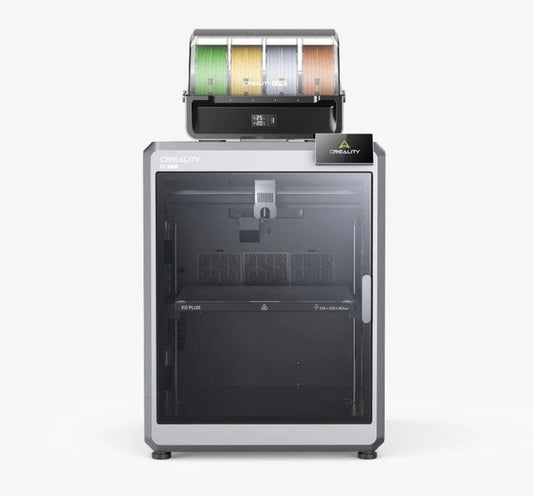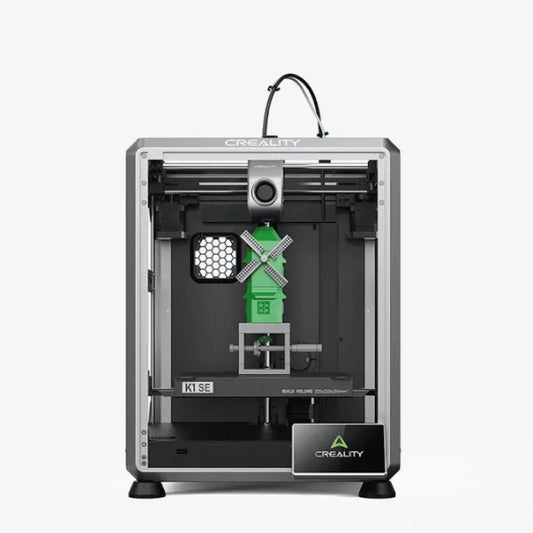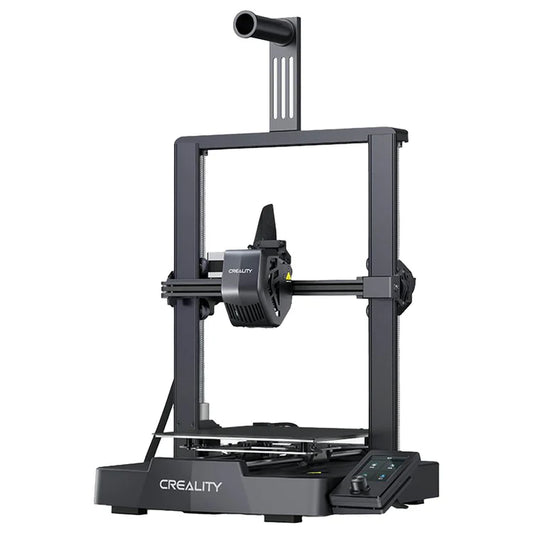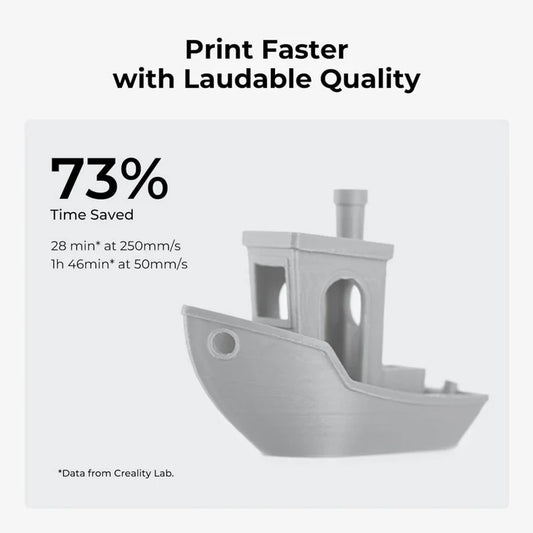
Giving Life To Your Imagination
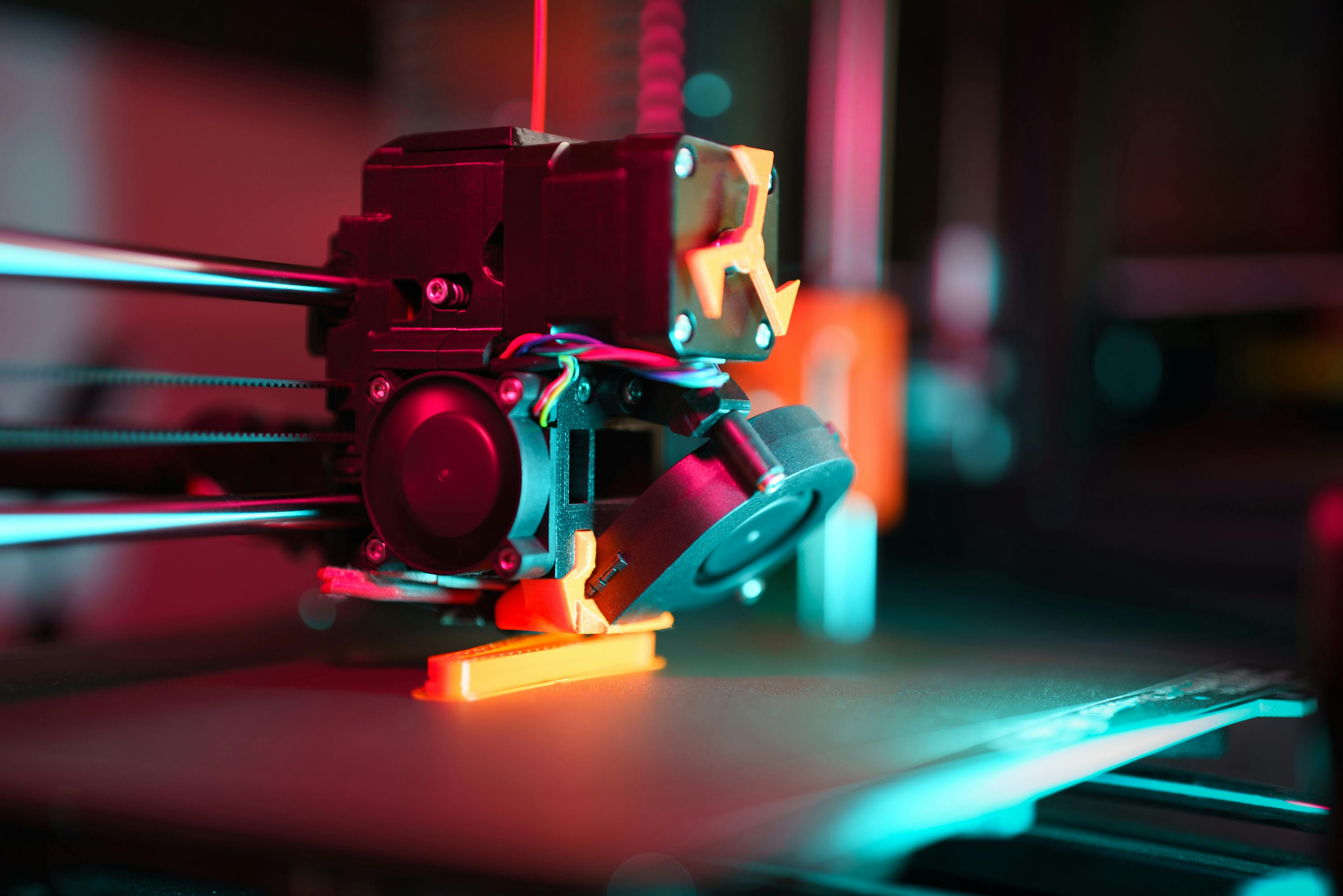
Where Innovation Meets Reality
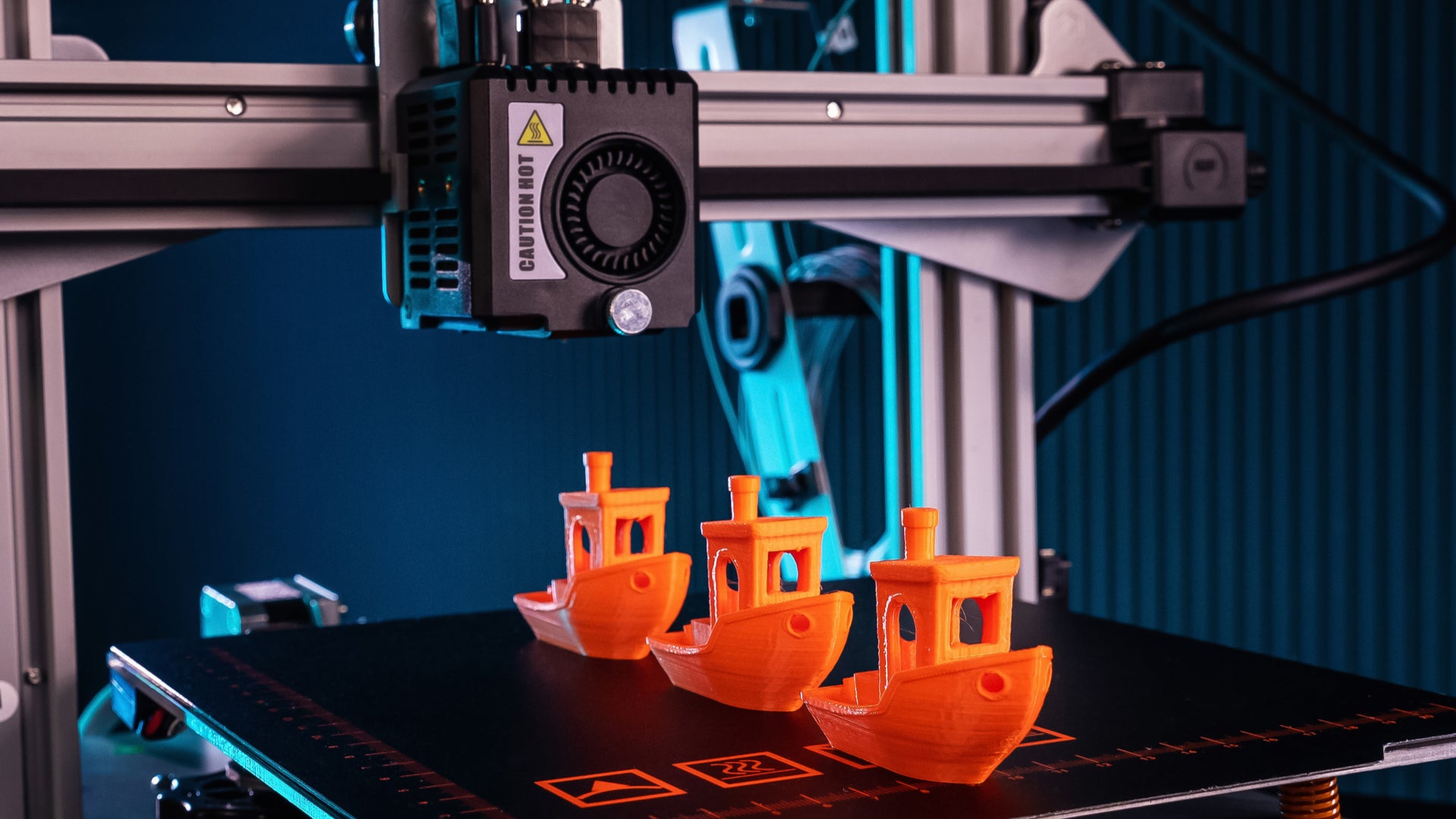
Imagination of Creation
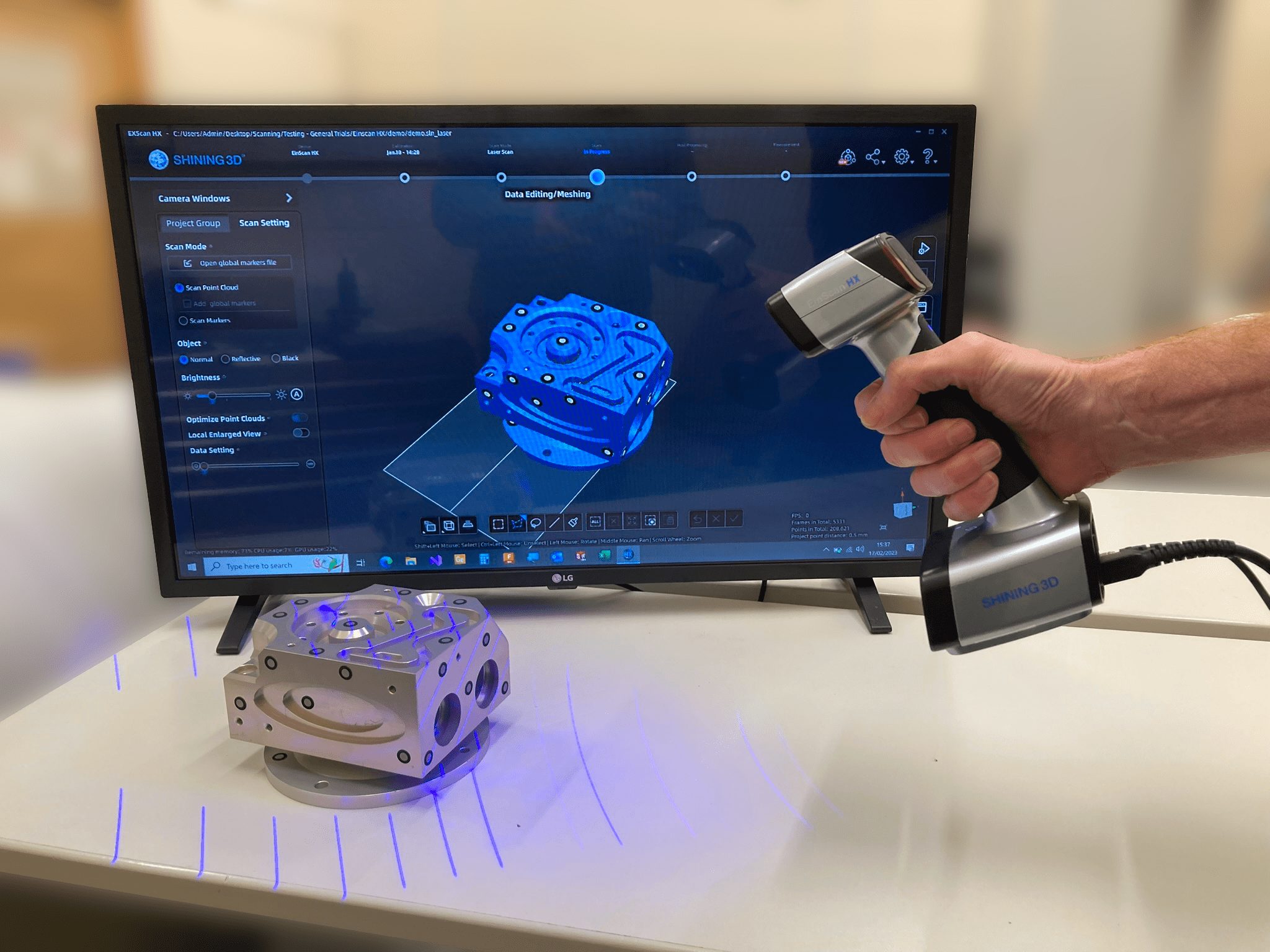
The Future is Now
3D Printing Filaments
View all-
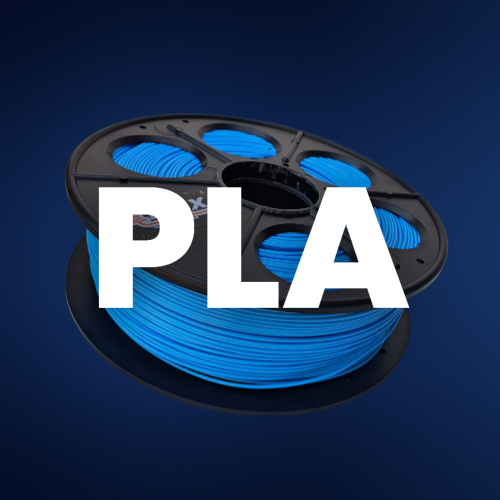
PLA Filaments
This plant-based PLA filament is 100% biodegradable as it contains absolutely no...
-
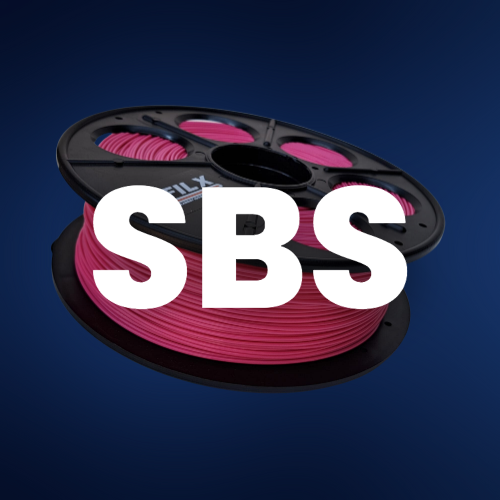
SBS Filaments
This tough polymer stretches instead of “snapping”. Another great characteristic is that...
-
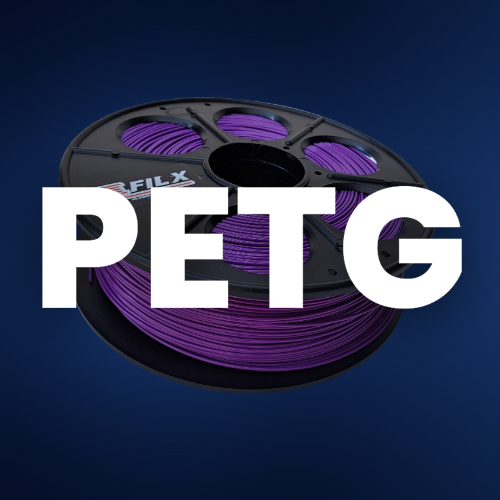
PETG Filaments
Our easy to print PETG makes the ideal filament for mechanical parts....
-
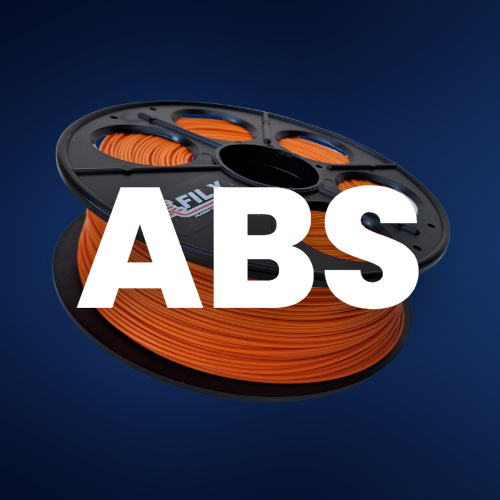
ABS Filaments
Great for in cabin car parts or kitchenware. Our ABS 3D filament...
-

ASA Filaments
The most UV resistant filament solution in our range making it great...
-
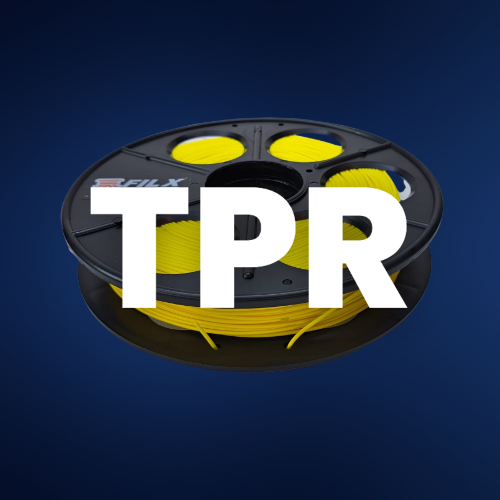
TPR Filaments
Alternative to TPU. This thermoplastic rubber is ideal for cellphone covers, tyres,...
Creality 3D Printers
3D Printers for Sale!!!!!
-
Creaility K2 Plus
Regular price R 28,199.00Regular priceUnit price / per -
Creality K2 Plus Combo
Regular price R 32,799.00Regular priceUnit price / per -
Creality K1 SE 3D Printer
Regular price R 8,649.00Regular priceUnit price / per -
Creality Ender-3 V3 SE 3D Printer
Regular price R 5,099.00Regular priceUnit price / per
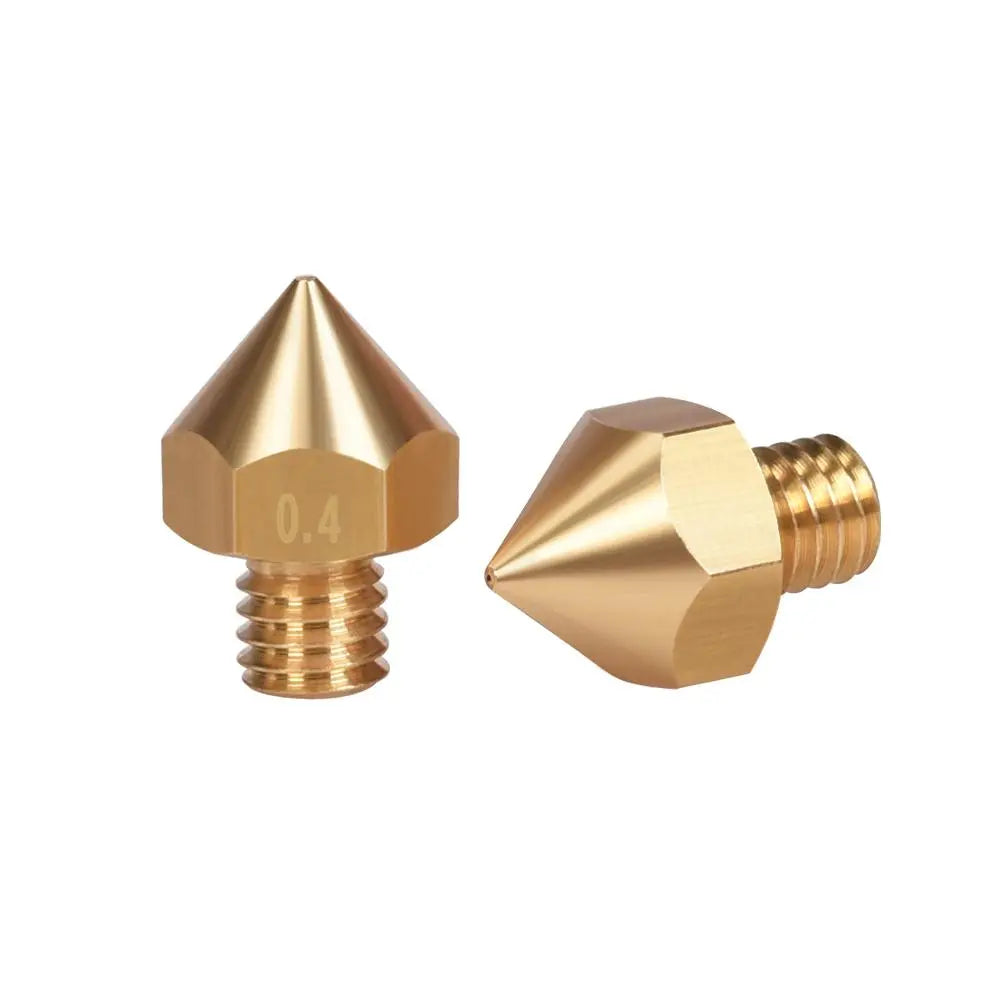
3D Printer Parts
Has finally arrived check out our latest stock!
-

Secure Payments
You can rest assured that your online payments are 100% secure through our payment partner, PayFast, South Africa
-

Fast Delivery
We ship our orders with The Courier Guy in order to ensure that your order is delivered safely and on time.
-

Great Customer Service - GUARANTEED!
We value our relationship with each and every client, because without them we have no business.
Testimonial
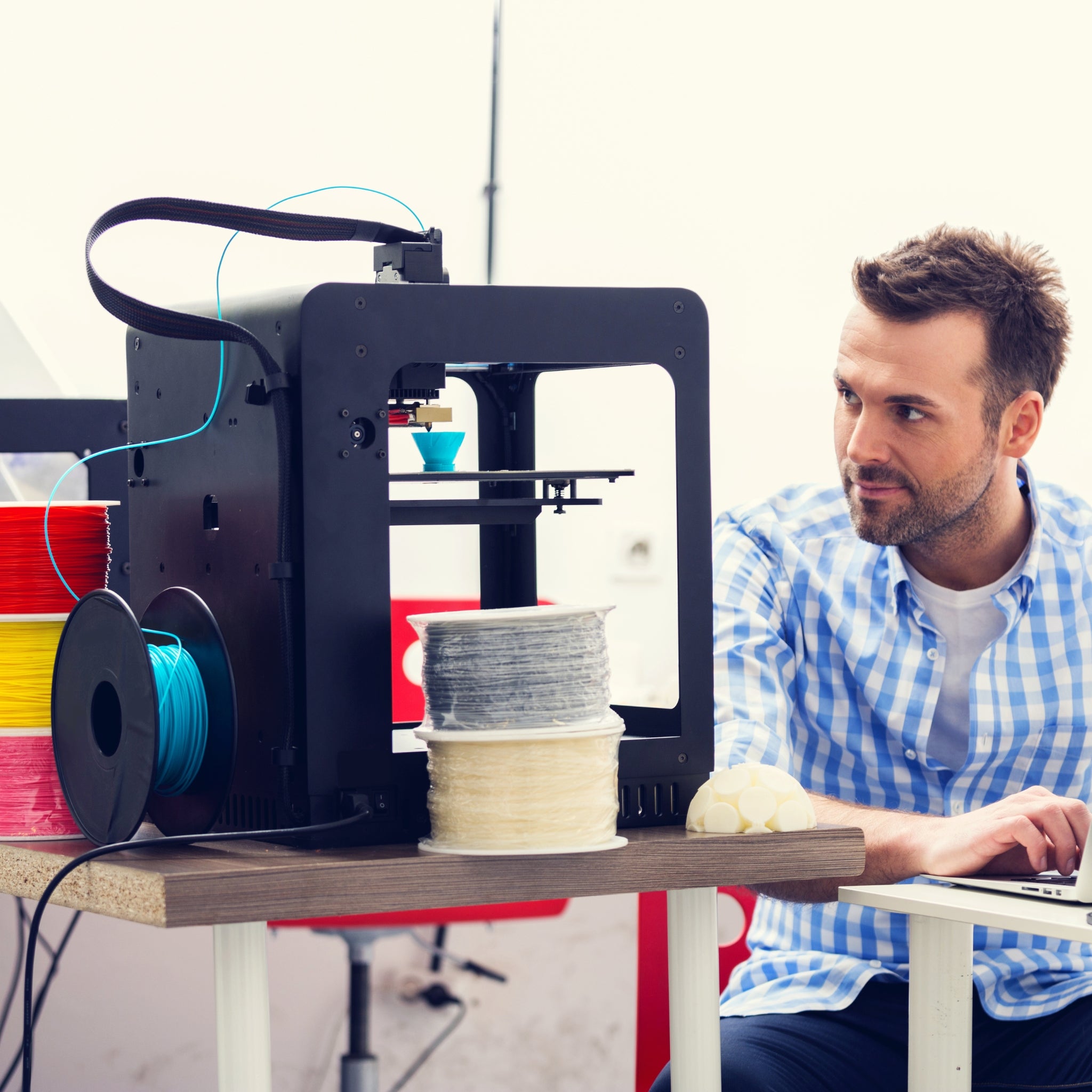
Choosing the right filament for your printing job.
Choosing the right filament can mean the difference between a successful print and a failed one. Consider the specific needs of your project, such as strength, flexibility, heat resistance, and outdoor durability, then choose the filament that best meets those needs.
Also, remember that mastering a filament takes practice. Don't be discouraged if your first few prints don't turn out exactly as you envisioned. 3D printing is a journey, filled with learning and fun. Experiment, learn, and most importantly, enjoy the process.
Here is a breakdown of the most popular filaments and their uses:
PLA (Polylactic Acid)
PLA is the most common type of filament used in 3D printing. Why is it so popular? It's user-friendly and perfect for beginners! PLA is derived from renewable sources such as cornstarch or sugar cane, which means it's biodegradable and environmentally friendly.
PLA prints at a relatively low temperature, doesn't give off harmful fumes, and doesn't require a heated bed, making it perfect for entry-level printers. It's not as durable or heat-resistant as some of the other options we'll discuss, but it's great for decorative items, prototypes, and non-functional models. For example, you could print a beautiful vase, a model of the Eiffel Tower, or even a mockup of a new product design.
ABS (Acrylonitrile Butadiene Styrene)
ABS is another common filament in 3D printing. It's a petroleum-based plastic that's very strong and flexible, making it an excellent choice for mechanical parts or objects that need to withstand wear and tear. ABS does require a higher print temperature and a heated print bed, so it's not as beginner-friendly as PLA.
ABS is perfect for creating parts that need to be durable, like toys (ever heard of LEGO?), kitchen utensils, phone cases, and even parts for your 3D printer itself. Do note that ABS can produce unpleasant and potentially harmful fumes while printing, so ensure you have proper ventilation.
PETG (Polyethylene Terephthalate Glycol)
PETG filament is a strong, flexible, and temperature-resistant choice. It offers the easy printing characteristics of PLA but with increased strength and heat resistance akin to ABS. It's also water-resistant and doesn't give off unpleasant fumes during printing.
PETG is fantastic for any objects that might be exposed to high temperatures or need to be robust and impact-resistant, such as outdoor applications, mechanical parts, or protective components. For example, you might print a durable water bottle, protective case for your electronics, or even a weather-resistant birdhouse.
ASA (Acrylic Styrene Acrylonitrile)
ASA is similar to ABS in many ways but offers additional UV resistance, making it an excellent choice for outdoor use. ASA does require higher printing temperatures and can be slightly more challenging to print with, but it provides an excellent finish and good mechanical properties.
Given its UV resistance, ASA is perfect for outdoor applications, such as garden planters, outdoor signage, or even components for a drone. Remember to ensure adequate ventilation due to potential fumes during printing.
SBS (Styrene-Butadiene-Styrene)
SBS is a type of thermoplastic elastomer that's flexible and stretchable. Its rubber-like properties make it fantastic for objects that need flexibility, such as phone cases, tool grips, or wearable items. SBS can be a little more challenging to print with due to its flexibility, but the results can be worth the extra effort.
TPR is excellent for producing flexible and durable items. It can handle repeated twisting and bending without degrading, which makes it perfect for use in creating parts that need to be continuously moved or flexed.
TPR (Thermoplastic Rubber)
TPR is your go-to filament for printing things like flexible joints, seals, gaskets, or even wearable items such as wristbands and shoe insoles. Keep in mind, TPR might be a bit tricky to handle for beginners due to its flexible nature and requires a careful calibration of your printer.
Wrap-up
Now that you've learned about these six different types of filaments and their uses, you're well on your way to mastering the art of 3D printing!
Choosing the right filament can mean the difference between a successful print and a failed one. Consider the specific needs of your project, such as strength, flexibility, heat resistance, and outdoor durability, then choose the filament that best meets those needs.
Also, remember that mastering a filament takes practice. Don't be discouraged if your first few prints don't turn out exactly as you envisioned. 3D printing is a journey, filled with learning and fun. Experiment, learn, and most importantly, enjoy the process.
Happy printing, friends!








